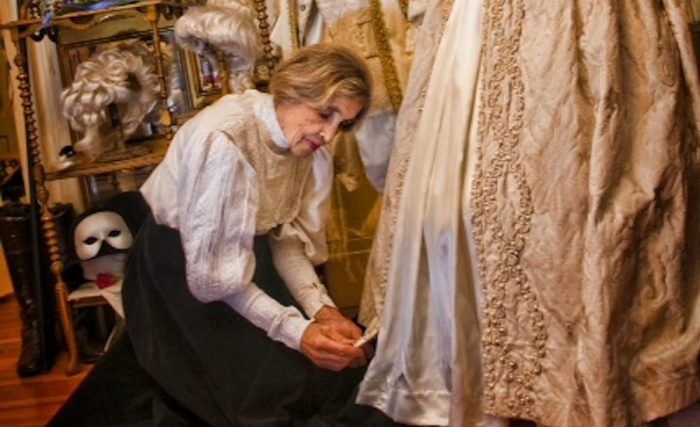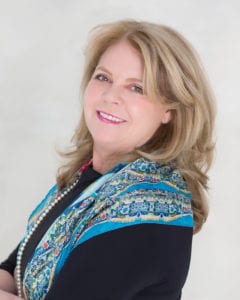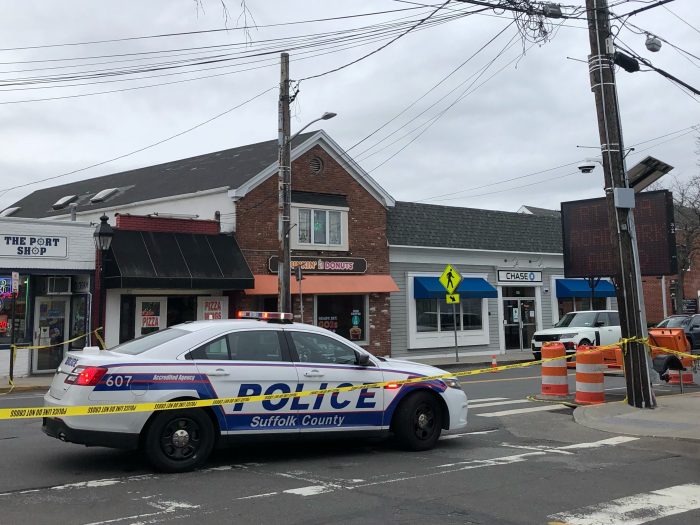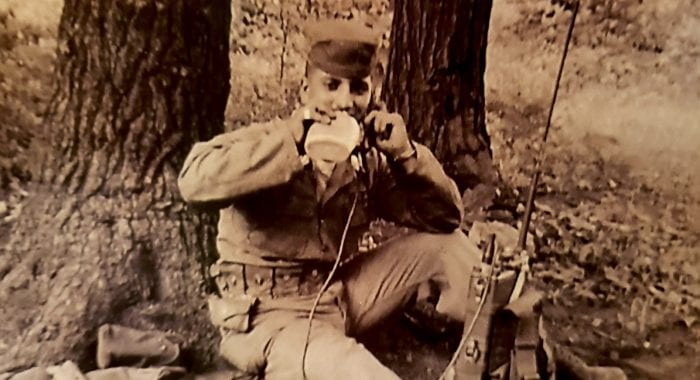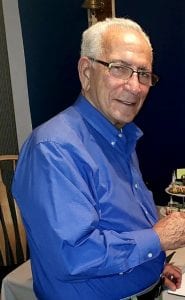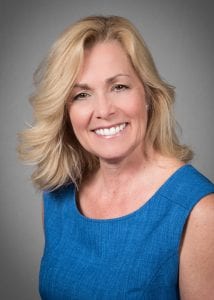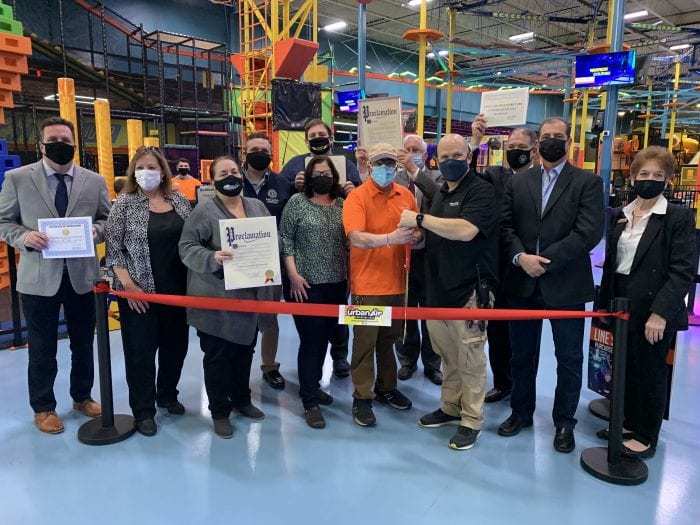By Michael Tessler
It was devastating to hear of the passing of one of our community’s greatest treasures. For those of us lucky enough to have known Nancy Altman “Nan” Guzzetta, we all knew just how special she was. It’s important that everyone who didn’t know Nan knows just how she impacted their lives too.

Most in our community knew Nan as the owner of Antique Costume & Prop Rental on Main Street in Port Jefferson. For decades, she helped quietly bring to life every festival, celebration, and fun historical event in the area. When Nan was called to service, she didn’t just show up; she would move heaven and earth. Truthfully, on more than one occasion I saw her hoist a mannequin twice her size over her head … just to ensure a Civil War general would have the proper brass buckle. To say she took her work seriously would be an injustice; she didn’t just love history … she lived it.
To Nan, her costumes weren’t just pieces of fabric … they were living pieces of history and art, many of which were originals or perfectly replicated to exact historical specifications. She explained to me that it wasn’t so much the details that mattered. It was about the respect that came with it. To her, it was personal that we honored legacies properly.
Nan was feisty, funny, witty, and smart. She was both ahead of her time and yet seemed to belong to a bygone era. She was sophisticated, cultured, and worldly. For a woman of such small stature, she stood taller than most and never relented when she knew she was right. She was a woman of great principle and yet always shared a tenderness with those who knew her.
Here’s the truth though. Nan changed lives with her gift of time travel.
For the small child lacking in self-confidence whom she transformed into a Dickensian character of old and unleashed upon the streets of Port Jefferson, they will always know the joys and confidence that community service can bring. For the young woman who heard the forgotten story of a Setauket suffragette during a Three Village Historical Society (TVHS) Spirits Tour, she’ll spend the rest of her life knowing she too can transform policy and shape the future. For the Ward Melville High School freshman celebrating Culper Spy Day who sees a little of themself in Setauket’s Revolutionary War heroes, their lives will forever be transformed by Nan Guzzetta, a woman who made it her business to bring history to life and ensure no story go untold.
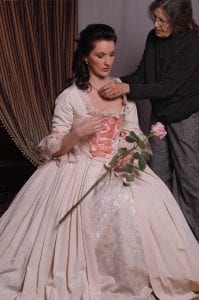 Nan left an incredible impact on so many, but to me, she was an unlikely friend and unforgettable mentor and confidant. Despite an age difference of some 60 years, our lives were wonderfully intertwined. We first met when she costumed me at just 10 years old as a Dickensian pickpocket for the Village of Port Jefferson’s annual Charles Dickens Festival. By chance, her son and his family had bought my childhood home which brought both of us great joy.
Nan left an incredible impact on so many, but to me, she was an unlikely friend and unforgettable mentor and confidant. Despite an age difference of some 60 years, our lives were wonderfully intertwined. We first met when she costumed me at just 10 years old as a Dickensian pickpocket for the Village of Port Jefferson’s annual Charles Dickens Festival. By chance, her son and his family had bought my childhood home which brought both of us great joy.
Nan costumed Times Beacon Record News Media’s (TBR) first major film project, The Culper Spy Adventure, and helped introduce me to the wonders of film. We became great friends and our chats around history and politics would sometimes last for hours and hours. Occasional tea with her and her wonderful husband became some of my favorite memories.
I’d always look forward to volunteering at the TVHS Spirits Tours, not just because they’re fun but because I knew it gave Nan such a thrill to see her costumes come to life when worn by such a passionate group of actors. Nan quite literally saved TBR’s Revolutionary War feature film One Life to Give on more than one occasion, procuring us silk stockings and enough tricorn hats to outfit a Continental Army. She was always there when her community needed her and she was always there for me.
A few years ago, Nan picked up the phone, and on the other side of the line was a Hollywood producer in need of some costumes for a new series. Despite the fact I wasn’t yet a mature and/or responsible adult (as Nan often liked to remind me when I failed to bring back properly cleaned frockcoats) she insisted that the producer speak with me and consider hiring me to work on the show. He did.
Some dozen or so television shows later here I am on my third year in Los Angeles running my own production company and because of Nan, I’ve now had the chance to work in Hollywood and achieve my dream of being a storyteller. Without her, I’m genuinely not sure where I’d be. I’ll forever be indebted to her for jumpstarting my journey and for all the kindness, understanding, and generosity she showed me.
My last conversation with Nan was just about a month or so ago. We didn’t talk much about the past, but about our optimism and hope for the future. For her, history was a blueprint and a guide to help us do better. She had so much hope, especially in today’s young people.
Nan will forever stand among the greats in this community, no less than a Melville, Mather, Woodhull, or Strong. In everything she did, she thought about her neighbors, and the joy she could bring them, and the magic of history she could share. Her passion for the past was only surpassed by her love of family. To her, her children and grandchildren were and are the greatest gift she could leave behind to the place she calls home.
Nan, you can rest easy knowing that the community you inspired will pick up that mantle and continue your work. Now it is time for us to honor your legacy and to ensure that future generations know of the extraordinary life you lived and the standard of service you set for us all.
Until we meet again, Nan. Thank you for making history.

